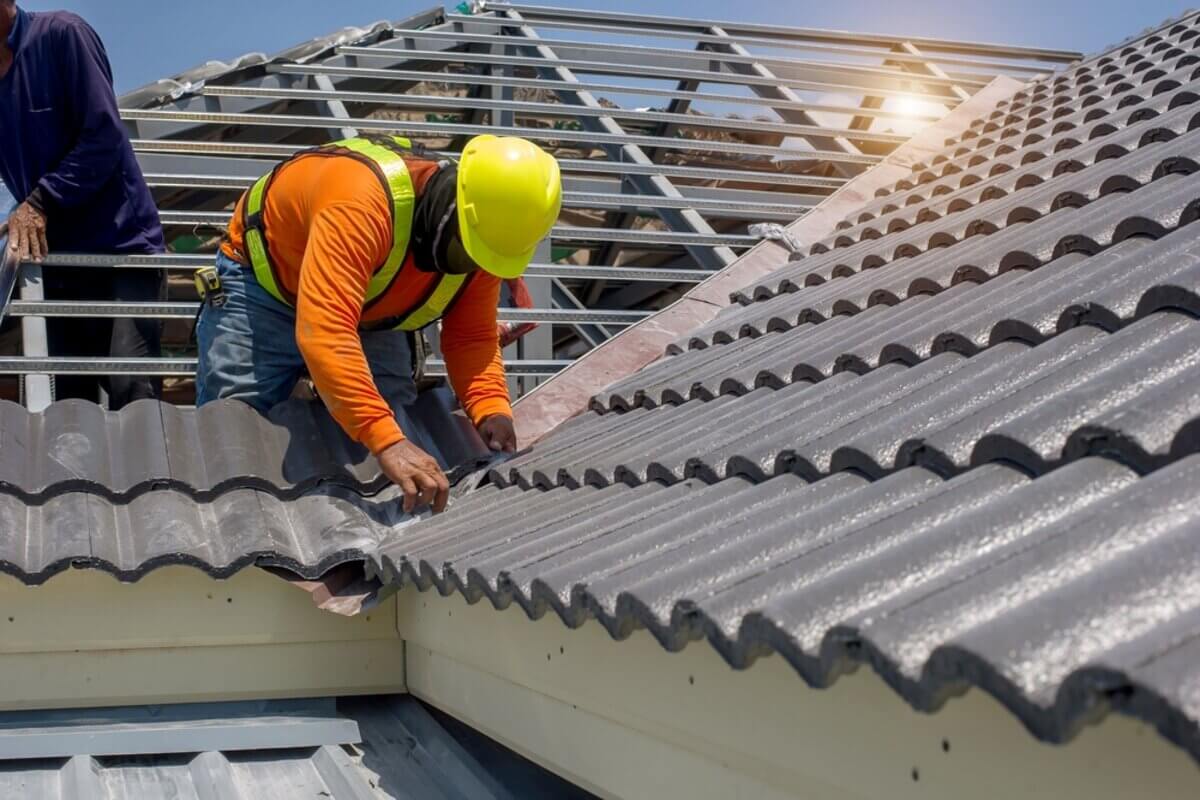A solid roof is paramount to any home. It not only offers protection from the elements but also significantly contributes to the aesthetic and structural integrity of the residence. The process of installing a roof on a residential property is a meticulous one, requiring a blend of expertise, precision, and quality materials.
This guide will break down the various stages involved in a standard residential roof installation, ensuring homeowners are well-equipped with the knowledge to make informed decisions during their next roofing project.
Pre-installation Considerations
Before diving into the hands-on aspects of roof installation, several crucial factors need consideration. These set the foundation for a smooth installation process:
Roofing Material Selection
One of the first steps in the residential roof installation process is choosing the appropriate material. Whether you opt for asphalt shingles, flat roofing, or metal roofing, your choice will dictate the installation method, cost, and lifespan of the roof.
Site Assessment
Prior to any work, a thorough site assessment is indispensable. Professionals will evaluate the structural integrity of the existing roof (if it’s a replacement) or the framework (for new constructions). This step helps identify potential challenges and ensures the roof’s weight and design are compatible with the home’s structure.
Budgeting and Timeline Estimations
A detailed cost estimate and project timeline are also established during the pre-installation phase. This ensures homeowners can plan accordingly, both financially and logistically.
The Residential Roof Installation Process
Once the preliminary steps are taken care of, it’s time to get into the meat of the project.
Removing Old Roofing (if applicable)
For homes undergoing a roof replacement, the old material must be safely and efficiently removed. This involves stripping off the old shingles, tiles, or metal panels, followed by a thorough inspection of the underlying framework for damages or rot.
Laying the Underlayment
The underlayment acts as a secondary barrier against water and wind. It’s typically made of a water-resistant or waterproof material and is laid out over the roof deck before the primary roofing material is installed.
Installing the Primary Roofing Material
Here’s where the choice of roofing material comes into play. Each type has its unique installation method:
- Asphalt shingles: These are laid out in rows, starting from the bottom edge of the roof, and nailed down systematically.
- Flat roofing: These employ materials like EPDM, TPO, or modified bitumen that are seamlessly sealed using heat or adhesives.
- Metal panels: Panels are measured, cut, and then secured onto the roof structure using screws.
Installing Roofing Features
Additional roofing features such as vents, skylights, and chimneys are then integrated into the roof. Proper flashing and sealing techniques are employed to ensure there are no leaks around these features.
Post-Installation Steps
With the primary installation complete, a few finishing touches are necessary.
Cleanup and Waste Disposal
Post the installation, the site must be cleared of debris, old roofing materials, and other wastes. Many roofing contractors also use magnetic tools to pick up nails or metal pieces that might be scattered around the property.
Final Inspection
A comprehensive inspection ensures that the installation meets the industry standards. This step is vital for both the safety of the inhabitants and the longevity of the roof.
Work With an Expert Residential Roof Installation Team

Installing a roof on a residential property is no small feat. It requires a meticulous approach, careful planning, and expert execution. By understanding the process of residential roof installation, homeowners can better collaborate with roofing contractors, ensuring their homes are both safe and aesthetically pleasing. Remember, a roof is more than just a protective barrier; it’s an investment in the future of your residence. Contact Alliance Roofing today to learn more about the residential roof installation process.




